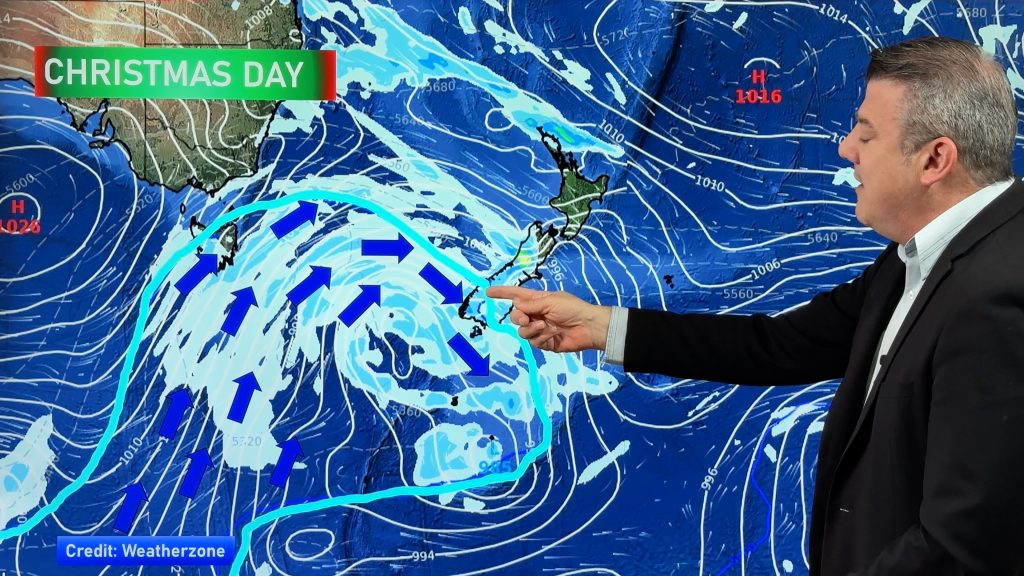Week in Weather: What’s been making headlines this week
13/02/2016 8:09am

> From the WeatherWatch archives
It’s been an absolutely hectic week in the weather, climate and astronomy world this week – as we started with the formation of twin cyclones, and finished with the answer to a one hundred year old physics question, posed by none other than Albert Enstein!
Let’s start across the ditch in Australia, where a record breaking heatwave engulfed Western Australia for the best part of the week, as 5 consecutive days recorded temperatures of more than 40 degrees – the first time in nearly half a century.
The heatwave was well signposted, with conditions perfect for the face-meltingly hot weather, but that didn’t make it any easier for locals (or tourists) to deal with the heat.
Water supplies were put under pressure, and the signs are that it’s just one of many super-hot days to come for the remainder of summer in WA.
#Heatwave continues in Western #Australia as temperatures hit 40C in Perth and could be higher on Monday. SKL pic.twitter.com/aOVTsD53Kb
— BBC Weather (@bbcweather) February 7, 2016
Staying in Australia, and tragically, more New Zealand firefighters have been called in to join the battle against bushfires in Tasmania – nearly 75 fires in all.
43 firefighters and liaison staff leave for Australia on Sunday.
They’ll spend three weeks in Tasmania, taking over from two Kiwi taskforces which are due to return home early next week.
Most of the firest were started by lightning strikes, and have been fuelled by drought conditions, as well as strong winds.
Two large low pressure systems were spotted in the Tropics early this week, and the whole South Pacific region has been watching developments with interest – especially as neither has showed any signs of slowing down.
A set of ‘twin’ Tropical Cyclones is a rare thing indeed, and warnings were intensified during the midweek that both storm systems posed a threat to nearby islands – including, potentially, New Zealand.
SUbsequent models showed that mitigating factors may take both Winston and Tatiana away from the country, but could still have an adverse effect on weather – both here and in nearby countries.
In good news to round out the week though, Morocco has switched on what will be the world’s largest concentrated solar power plant.
The new site near the city of Ouarzazate — famous as a filming location for Hollywood blockbusters like “Lawrence of Arabia” and “Gladiator” — could produce enough energy to power over one million homes by 2018 and reduce carbon emissions by an estimated 760,000 tons per year, according to the Climate Investment Funds (CIF) finance group.
And in a potentially universe-shattering development, scientists say they have for the first time detected gravitational waves, ripples in space and time hypothesised by physicist Albert Einstein a century ago, in a landmark discovery that opens a new window for studying the cosmos.
The researchers on Thursday (Friday NZT) said they detected gravitational waves coming from two black holes – extraordinarily dense objects whose existence also was foreseen by Einstein – that orbited one another, spiralled inward and smashed together.
Physicists say they have directly detected ripples in space-time called gravitational waves https://t.co/gnW8gMuRRE pic.twitter.com/xDwB8UAxGR
— The New York Times (@nytimes) February 11, 2016
Don’t forget to check out the weekend weather outlook with Philip Duncan, here, as well as buzzing down to vote in this week’s poll, about the fly situation this summer!
– Drew Chappell, WeatherWatch.co.nz
– Photo: NASA
Comments
Before you add a new comment, take note this story was published on 13 Feb 2016.




Add new comment